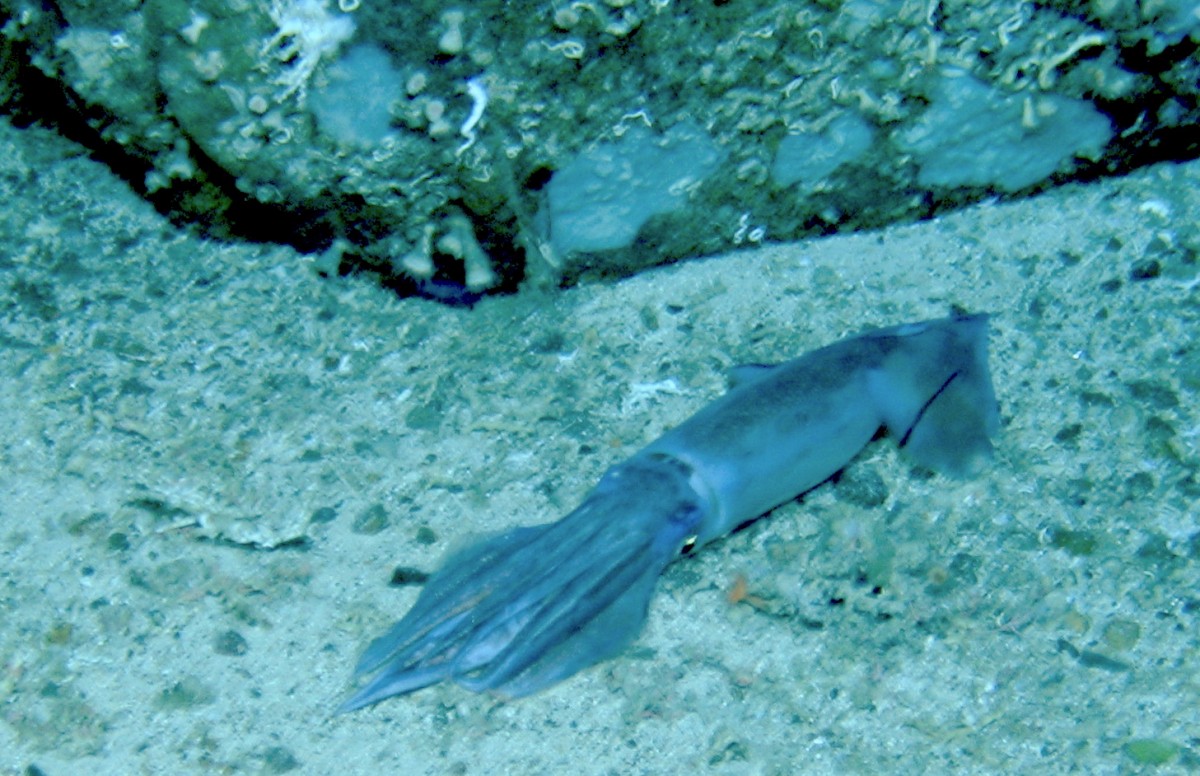
Scientists at NUI Galway have identified family relationships among lineages of oceanic squids which have been puzzling researchers for more than a century.
The breakthrough was achieved by a team at the University’s Ryan Institute which comprehensively named the different groups, providing important clues as to how squid evolved.
The findings have been published in the Zoological Journal of the Linnean Society.
Dr Fernando Angel Fernández-Álvarez, lead author of the study, Irish Research Council Fellow and researcher at NUI Galway’s School of Natural Sciences, spent five years collecting tissue from squid while on oceanic cruises and sampling from commercial trawlers.
“The aim was to solve the relationships among this amazing group of animals. I believe this study is an important milestone for the field and a good starting point for performing in-depth studies on the evolutionary trends that shape the huge diversity of oceanic squids,” Dr Álvarez said.
“Our research could also be useful as we try to understand how our oceans will respond to ever increasing pressures from human activities.”
The research team used a method known as genome skimming to reveal the full sequence of DNA and identify relationships among squid.
Each of the discovered groups was named based on the rules dictated by the International Code of Zoological Nomenclature, and in the future scientists will have a way to accurately identify and describe the biodiversity of these marine creatures.

Oceanic squids are a hugely important part of the marine food web. They are voracious predators and the main meal of toothed whales and other endangered megafauna. They include the largest group of commercially fished cephalopods, the flying squids.
The researchers also discovered unexpected and as yet, unexplained, relationships.
For instance, delicate deep-sea glass squids are more closely related to powerful muscular Humboldt squids and to the unusual monogamous diamondback squid, than to other oceanic squids.
Professor Louise Allcock, School of Natural Sciences, Ryan Institute, NUI Galway, said: “How these remarkable changes in form came about is not yet understood.
“Oceanic squids are an amazingly diverse group of cephalopods – molluscs with arms and tentacles like squid, octopus and cuttlefish – with fascinating adaptations to their watery environment. For example, glass squids use their body cavity as a fluid filled buoyancy chamber, while chiroteuthids develop fishing lures at the end of their tentacles.
“This study also highlights the importance of public scientific collections in addressing long-standing scientific issues. We supplemented the material we collected ourselves with samples from various museums including the Smithsonian Institution in the USA, the Biological Reference Collection of the Marine Science Institute in Spain and the Australian Museum, allowing us to have a truly comprehensive oversight of oceanic squids globally.“
The study was funded by the Irish Research Council through the program Government of Ireland Postdoctoral Fellowship Awards.
Read the full study in Zoological Journal of the Linnean Society here.
